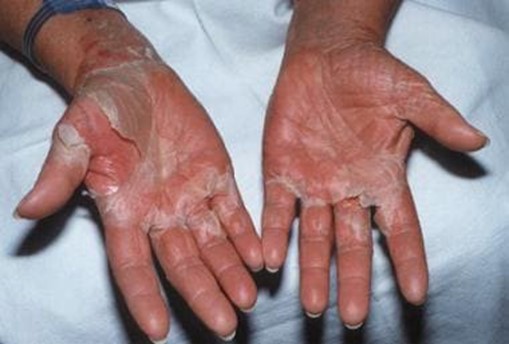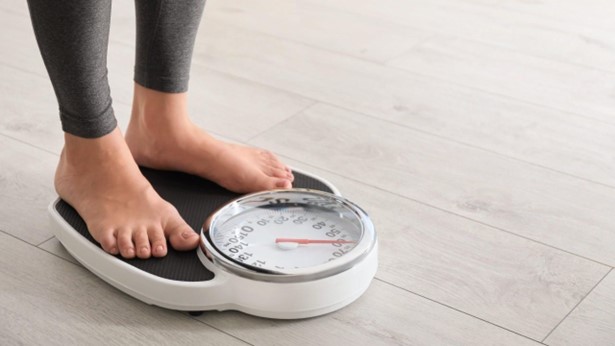A nurse is preparing to administer naloxone 10 mcg/kg via IV bolus to a client who weighs 220 lb. The amount available is 0.4 mg/mL. How many mL should the nurse administer? (round off to the nearest tenth)
2.5 mL.
25 mL.
2.05 mL.
2.25 mL.
The Correct Answer is A
Let’s break down the problem step by step:
Step 1: Convert the client’s weight from pounds (lb) to kilograms (kg). We know that 1 kg = 2.2 lbs. So, we have: 220 lb ÷ 2.2 = 100 kg
Step 2: Calculate the total amount of naloxone needed. The doctor ordered 10 mcg/kg, and the client weighs 100 kg. So, we have: 10 mcg/kg × 100 kg = 1000 mcg
Step 3: Convert micrograms (mcg) to milligrams (mg). We know that 1 mg = 1000 mcg. So, we have: 1000 mcg ÷ 1000 = 1 mg
Step 4: Calculate the volume of naloxone solution needed. The available naloxone solution is 0.4 mg/mL. So, we have: 1 mg ÷ 0.4 = 2.5 mL
So, the nurse should administer 2.5 mL of naloxone. Since we are asked to round off to the nearest tenth, the final answer remains 2.5 mL.
Nursing Test Bank
Naxlex Comprehensive Predictor Exams
Related Questions
Correct Answer is D
Explanation

Toxic shock syndrome (TSS) is a life-threatening condition caused by bacterial toxins.
Common symptoms include high fever, low blood pressure, headache, rapid heartbeat, nausea and vomiting, muscle pain, malaise, confusion, and rashes on the soles and palms.
A generalized rash resembling a sunburn is one of the possible signs and symptoms of TSS.
A. Elevated platelet count: TSS does not cause an elevated platelet count.
B. Decreased total bilirubin: TSS does not cause a decrease in total bilirubin levels.
C. Hypertension: TSS causes low blood pressure (hypotension), not high blood pressure (hypertension).
Correct Answer is D
Explanation

The priority topic for the nurse to review with the client is monitoring changes in weight.
A sudden weight gain may mean that the client’s heart failure is getting worse and they should call their doctor if they have a sudden weight gain, such as more than 2 to 3 pounds in a day or 5 pounds in a week.
Choice A is wrong because while daily exercise is important for overall health, it is not the priority topic for the nurse to review with the client.
Choice B is wrong because while daily sodium restrictions are important for managing heart failure, it is not the priority topic for the nurse to review with the client.
Choice C is wrong because while monitoring fluid intake is important for managing heart failure, it is not the priority topic for the nurse to review with the client.
Whether you are a student looking to ace your exams or a practicing nurse seeking to enhance your expertise , our nursing education contents will empower you with the confidence and competence to make a difference in the lives of patients and become a respected leader in the healthcare field.
Visit Naxlex, invest in your future and unlock endless possibilities with our unparalleled nursing education contents today
Report Wrong Answer on the Current Question
Do you disagree with the answer? If yes, what is your expected answer? Explain.
Kindly be descriptive with the issue you are facing.
